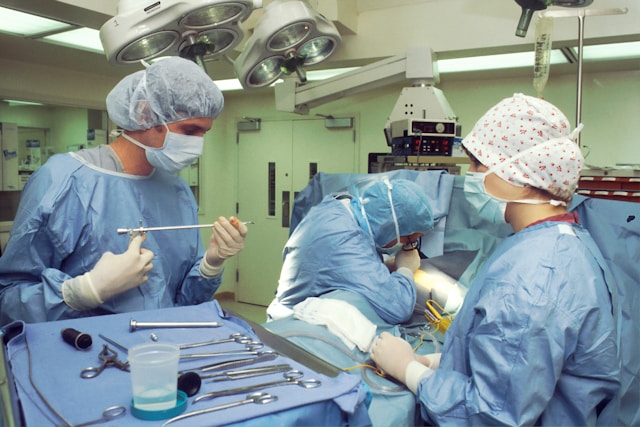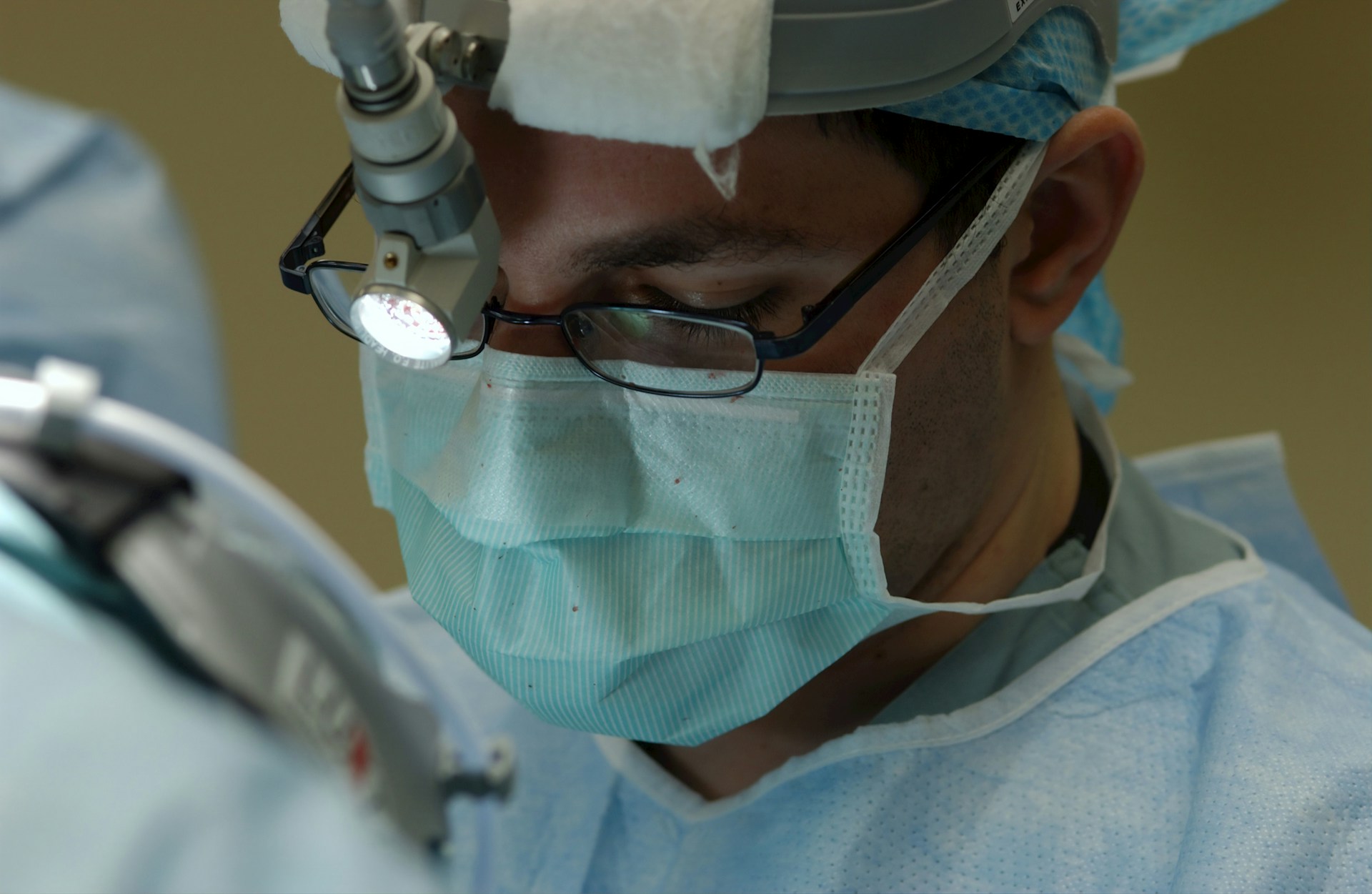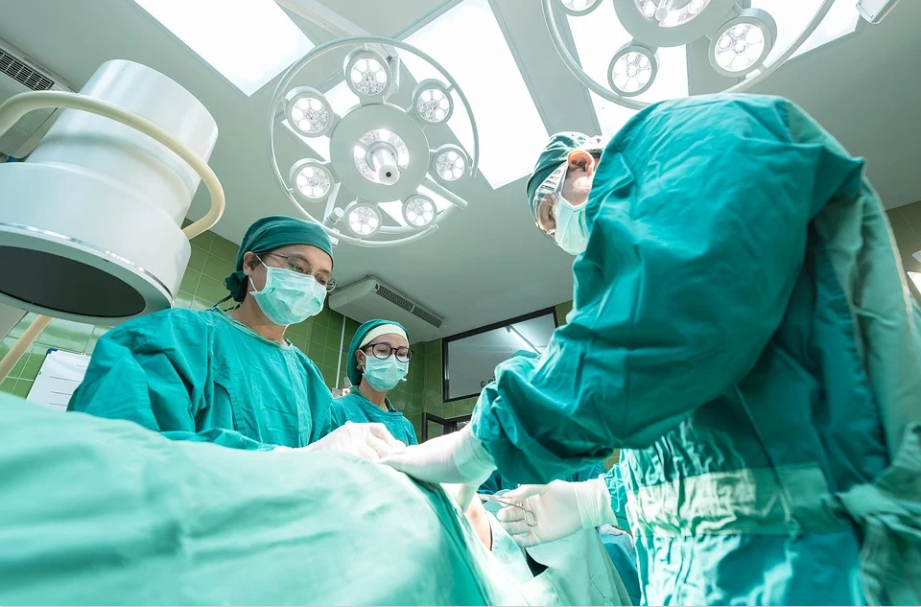Lasik surgery is often hailed as a miracle solution for those seeking freedom from glasses and contact lenses. You can read in the Live Mint article that lasik surgery is an option to get rid of your eyeglasses. Many people envision a life where they can wake up and see clearly without assistance. However, while the potential benefits are significant, it’s essential to consider that this procedure has its downsides. Before you take the plunge into the world of laser vision correction, let’s explore some of the challenges that could arise post-surgery. Understanding these risks will help you make an informed decision about your eye health and visual future.
Dry Eyes
One of the most common side effects of Lasik surgery is dry eyes. This condition occurs when your eyes can’t produce enough tears or when the tears evaporate too quickly. After the procedure, many patients report a burning or gritty sensation, often feeling like something is in their eye. It can be uncomfortable and distracting. The reason behind this discomfort lies in the cutting of corneal nerves during surgery. These nerves play a crucial role in tear production, and their disruption can lead to significant dryness.
Visual Disturbances
Many people expect perfect vision after LASIK surgery, but some experience visual disturbances. These can include halos around lights, glare, and double vision. Halos might appear particularly at night. This phenomenon can make driving challenging or uncomfortable in low-light conditions. Glares are similarly disruptive; they create an overwhelming brightness that blurs your surroundings. Double vision is another complication that can arise post-surgery. It can be disorienting and affect daily activities like reading or watching TV. These disturbances often improve over time as the eyes heal, but not everyone will regain their pre-surgery clarity immediately—or ever.

Overcorrection or Undercorrection
One of the notable risks associated with LASIK surgery is the possibility of overcorrection or undercorrection. While most patients hope for crystal-clear vision, achieving that ideal outcome isn’t guaranteed. Overcorrection happens when too much tissue is removed from the cornea. This can lead to nearsightedness and may require additional procedures to fix. Imagine going in for perfect vision only to end up needing glasses again. On the other hand, undercorrection leaves some degree of refractive error intact. Patients might still struggle with blurry sight after their initial procedure, which can be frustrating and disappointing.
Flap Complications
Flap complications can arise during the LASIK procedure, which involves creating a thin flap in the cornea. This flap is then lifted to allow laser reshaping of the underlying tissue. While many patients experience smooth recoveries, some face challenges. One potential issue is an incomplete or irregularly shaped flap. This can lead to uneven healing and affect vision quality post-surgery. If the flap shifts or moves unexpectedly during recovery, it may cause discomfort or even require additional intervention. Another concern is epithelial ingrowth, where cells grow underneath the flap after surgery. This can create visual disturbances and may necessitate further surgical procedures to correct.
When considering Lasik surgery, weighing the potential downsides and benefits is essential. Dry eyes can persist for many patients post-surgery, making everyday activities uncomfortable. Visual disturbances like glare or halos around lights may also disrupt daily life, particularly at night. Before deciding on Lasik, thoroughly research and discuss these risks with your eye care professional. Understanding what you might encounter will help you make an informed choice about your vision correction options. Your eyesight is invaluable—taking time to consider all factors will ultimately serve you well in this significant decision-making process.…


